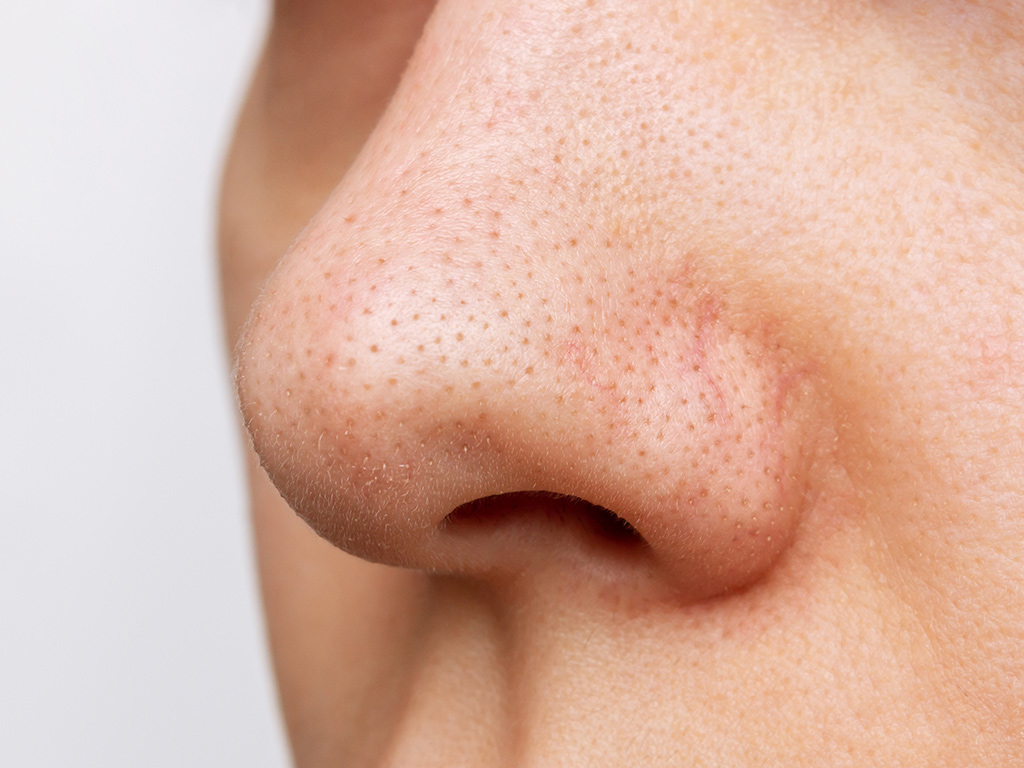
Vulgaris, Rosacea, Cystic, and now Comedones – if you find yourself discovering a different type of acne when you search the internet each time a pimple pops up on your skin, it might be overwhelming and quite confusing.
However, there’s no need to panic! Under all of these fancy terms lies a common problem that you probably might have known and experienced before, same goes for comedonal acne.
Similar to most types of acne, comedones are formed when oil, dead skin cells, and bacteria get trapped in your pores and clog them. Yet the difference between comedones and the likes of pustules/papules is that the former can’t be popped as they aren’t filled with pus.
Comedonal acne is divided into two types – open comedones and closed comedones. These are basically the medical terms for blackheads and whiteheads, respectively.
To further distinguish open comedones, they’re closed off by a layer of skin and hence appear white in colour, hence dubbed as ‘whiteheads’.
Whereas blackheads are formed when the bacteria trapped inside is exposed to air/oxygen, leading to oxidation, turning them black. Contrary to popular belief, blackheads aren’t a sign of bad hygiene or surface dirt.
Now that you know what comedonal acne is, you still might be puzzled about their causes and effective treatment.
Usually comedones are caused due to occlusive skincare products like moisturisers that form a protective layer on top of your skin to keep its moisture intact, yet if you’re more prone to getting closed comedones, these products can risk closing your pores.
While at other times changing hormone levels like progesterone and testosterone can result in the production of excess sebum that can in turn plug hair follicles, closing them off. Both these factors are plausible causes of comedonal acne.
While the two fall under the same category, the ways in which you treat open and closed comedones are just slightly different.
To tackle blackheads/open comedones, skincare products that contain salicylic acid in them are recommended. Along with gentle face scrubs, a face wash like AcneStar that contains salicylic acid with the goodness of other acne-combatting ingredients is the right choice when it comes to tackling open comedones.
As for whiteheads/closed comedones, always check to see what you’re putting on your skin is non comedogenic and won’t clog your pores further. While sometimes whiteheads can go away on their own, you may need to go to a dermatologist in case of persistent comedones . AcneStar works well for whiteheads too as it contains glycolic acid, which is usually recommended for whiteheads.
However, a big no-no when it comes to blackheads as well as whiteheads is trying to squeeze out the ‘dirt’. In the long run, they may develop into scars, so you’ll be doing your skin a huge favour by avoiding this habit.
Comedonal acne is a common issue that has effective treatments so you shouldn’t fear either of its types. With the right treatment and a research backed face wash, like AcneStar, from AcneStar Research Institute, you can tackle comedones fearlessly.
Disclaimer This blog solely intended for the educational/informational/awareness purposes and is not a substitute for any professional medical advice, diagnosis or treatment. Please consult your doctor/healthcare professional before acting on the information provided on the blog. Reliance on any or all information provided in the blog, is solely at your own risk and responsibility. Mankind Pharma Limited shall not be held liable, in any circumstance whatsoever.

Acne is a skin condition that occurs when your hair follicles become plugged with oil and dead skin cells.

it is absolutely imperative to know its type. Acne can be inflammatory or non-inflammatory which further has different lesions, as mentioned below.

Acne starts occurring in teenagers due to an increase in the level of Androgen production. Androgen is a hormone which signals the body to produce more sebum, the oil produced by the sebaceous glands.

Acne is a skin condition that occurs when your hair follicles become plugged with oil and dead skin cells. It often causes whiteheads, blackheads or pimples, and usually appears on the face, forehead, chest, upper back and shoulders. Acne is most common among teenagers, though it affects people of all ages.

Debunk acne myths by following a proper skincare regimen. Taking good care of your skin can help you achieve a glowing and acne-free skin.